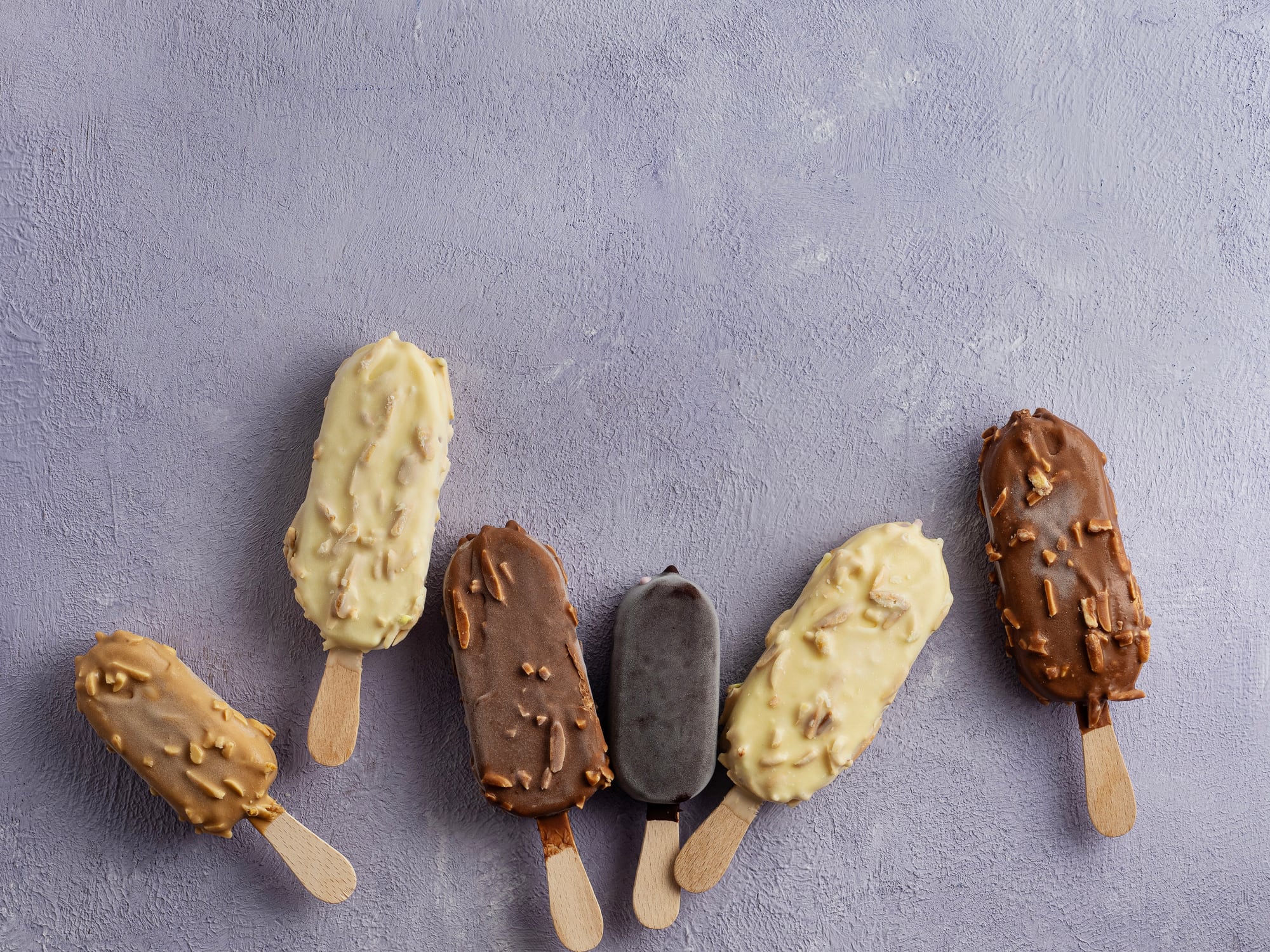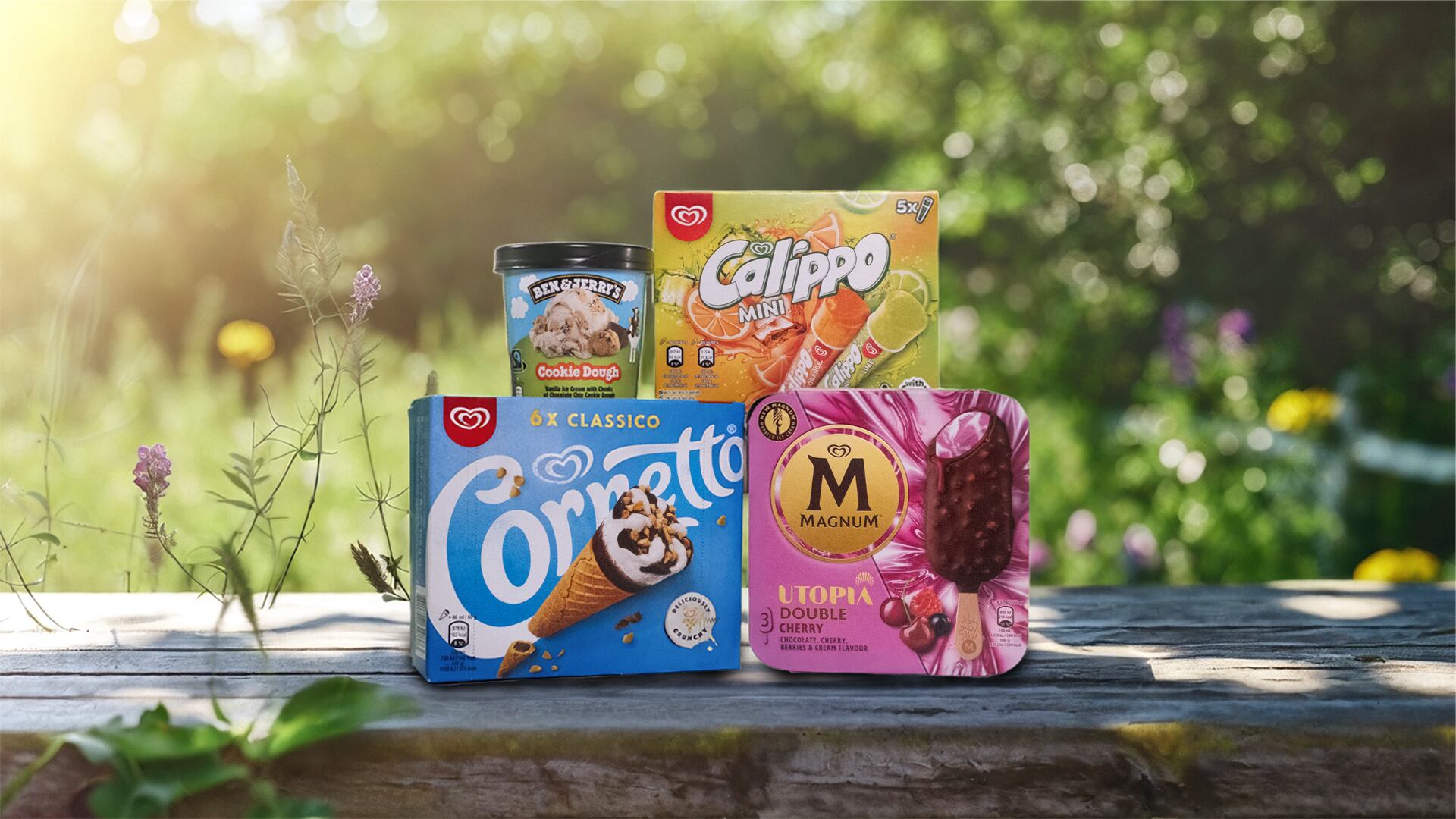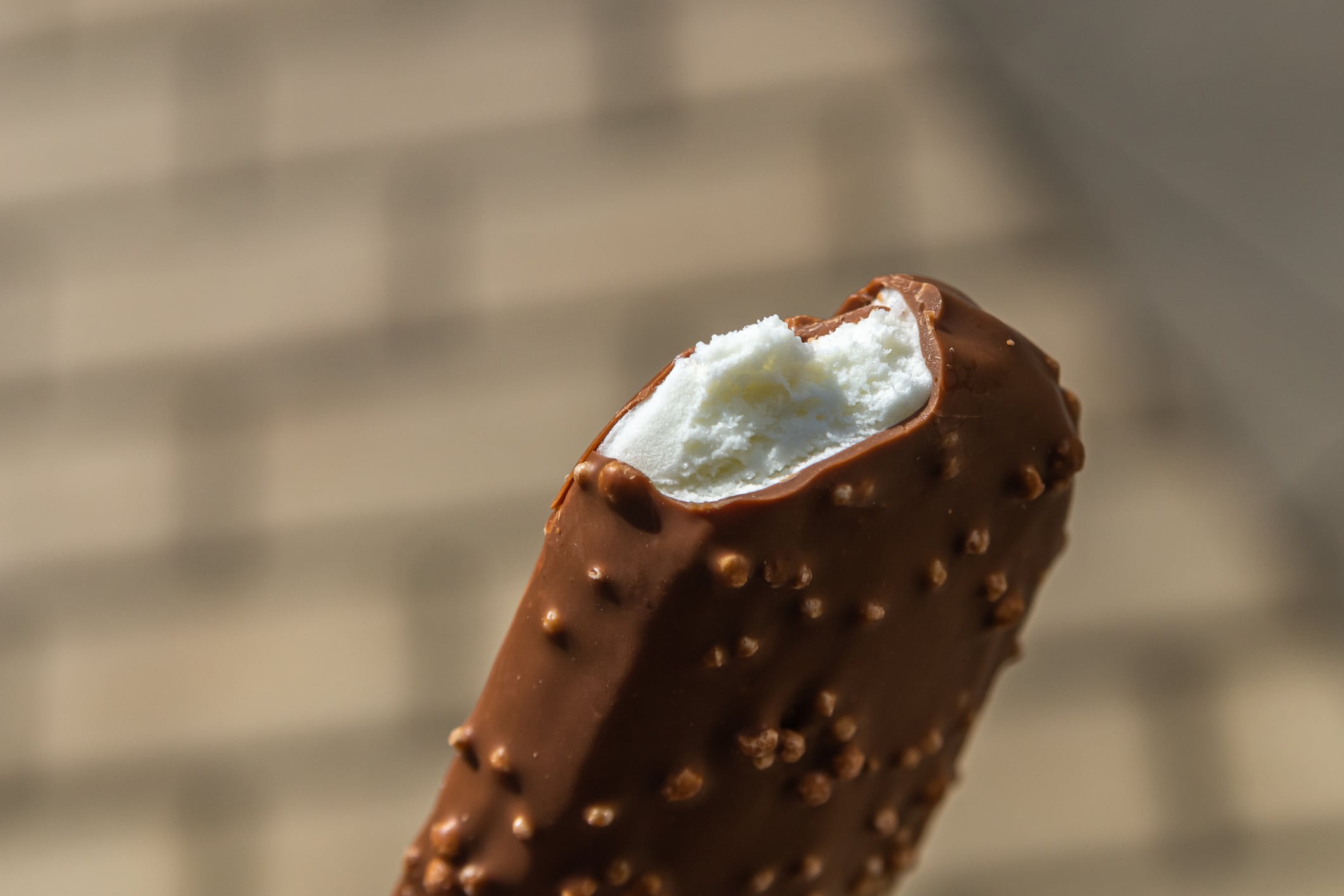Mid-November is edging closer and closer. That’s when Unilever’s ice cream business, the biggest in the world, is expected to split off to become an independent, standalone company.
It feels like The Magnum Ice Cream Company (TMICC) is itching to cut that cord loose. According to TMICC CEO Peter ter Kulve, the portfolio has long been underperforming. The asset is strong, but “below potential both on profitability as well as growth”, he told potential investors today.
It’s hard to imagine that an €8bn business with 21% market share is struggling, but as a standalone business, TMICC has plans to reboot market share, volume and profit. Innovation will play a major role in getting there.
Innovating beyond flavour to drive growth
TMICC’s growth strategy is far-reaching. With an ambition to achieve 3-5% medium-term growth, the business is focusing efforts on its go-to-market strategy, expanding ice cream occasions for consumers, maximising availability, and doubling down on premiumisation.
Innovation and new product development will play a key role across the board. The company is innovating in two main ways: reinventing existing brands and developing entire new ones.

TMICC boasts a wide range of trusted brands. Four of the top five largest category brands are within its stable, with household name brands including Magnum, Cornetto, Ben & Jerry’s, Wall’s and Breyer’s.
Coupled with TMICC’s has its own ice cream research centre – ter Kulve says it’s the “only player with a serious, dedicated one” – and it makes sense that the business is committed to innovation.
But innovation for TMICC is not just about adding a new flavour to an existing product line. Yes, the business keeps flavours new and exciting to activate categories, but increasingly it’s pivoting to formats and platform stretch.
Magnum is a prime example. The ice cream started as a stick, and has since expanded into cones, pints, and Bonbon “snack bites”. Other well-known brands are also getting a format refresh, with Ben & Jerry’s increasing its offerings to do the opposite: move from pints to sticks.
Healthier indulgence and snacking for GLP-1 users
Unilever’s ice cream portfolio doesn’t pay in the classic desserts category; it plays in the broader snacking market.
Why? Ter Kulve says the category shares the same demand drivers and the same shopper decision moment as snacks. for that reason, TMICC is reinventing products and formats to track snack macro trends: comfort, indulgence, portion control and wellness.
The GLP-1 trend is another on TMICC’s radar. These new weight-loss drugs, which make users feel fuller for longer and curb cravings for sweet and fatty foods, are predicted to impact food businesses that rely on volume-based sales. TMICC isn’t widely concerned that GLP-1s will take a big bite out of ice cream sales. Ter Kulve estimates that in the US, penetration is only around 6%, and much lower in Europe and the UK.
It’s expected that for every 12% penetration, market volume will drop around 0.5%. But impact on ice cream should be lower than on “munching” snacks, since ice cream is more closely associated with special occasions – and has a wider calorie range.
The business has a number of offerings that directly target GLP-1 users, including Breyer’s high-protein CarbSmart ice cream, portion-controlled Magnum Bonbons, and protein-rich frozen yoghurt brand Yasso. Unilever acquired Yasso in 2023.
Amid growing GLP-1 uptake, TMICC’s ice cream portfolio has also been leaning into sugar-reduced, high-protein, and portion-controlled innovations. Around 21,000 tonnes of sugar have been removed to date, with even more expected to be cut from recipes.
Inventing brands for new occasions
But innovation is not all about reformulating existing brands, nor is it about acquiring new ones. Sometimes it’s about starting-from-scratch, which is what TMICC’s done with Hydro:ICE.
Unlike most of TMICC’s portfolio, Hydro:ICE is not made with dairy. It’s an ice pop that’s targeting a new eating occasion; offering a refreshing boost in high-energy environments. Made with vitamin C, B2 and the electrolyte magnesium, Hydro:ICE is serving “adult functional refreshment”. The ice pop launched at beach clubs on party island Ibiza. And it glows in the dark.

“We will always be big in indulgence,” says ter Kulve. But the business is also eyeing the snacking and refreshment market. Now, TMICC wants to position ice cream within snacking trends beyond indulgence.
All this is expected to move the ice cream business towards its 3-5% growth target, with greater focus on volume than price. Looking ahead, we should expect more high-protein propositions, ongoing sugar reduction, and innovation that continues to look well beyond flavour.




